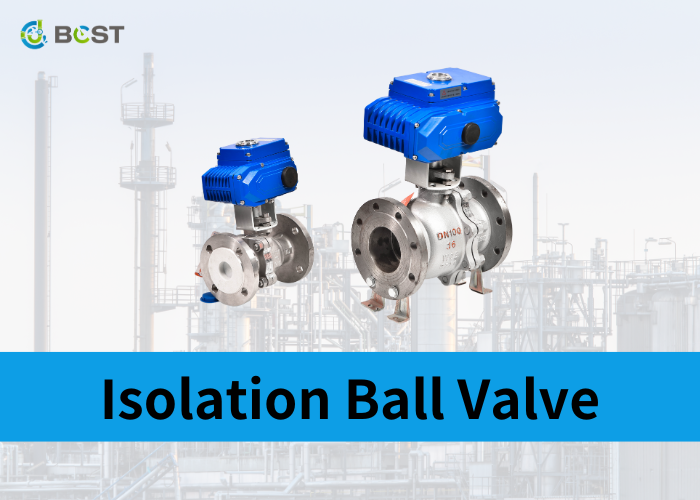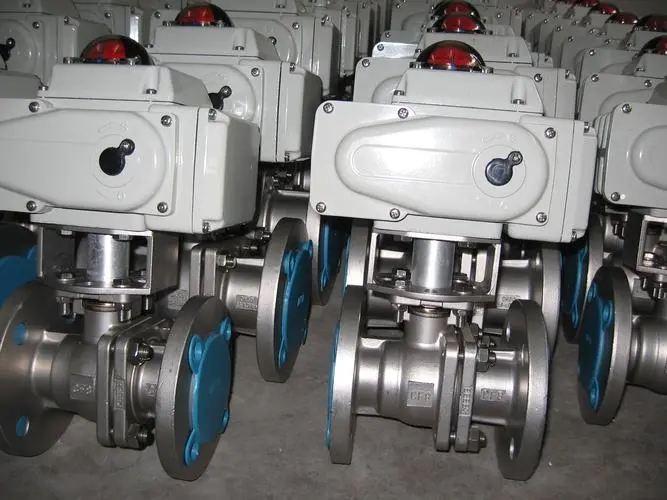
A wide range of medical devices and analytical equipment use media isolation valves to manage flow without contaminating media such as blood, medicines, or reagents. Isolation valves are devices that separate the actuation mechanism of a valve from the media being moved. They can be set as simple 2-way devices or as multi-port selector/diverters, and are often utilized in applications that demand a simple on/off operation without the need for gradual flow modulation. These valves are well suited for a wide range of medical applications, including those requiring precise, repeatable media dispensing in analytical, diagnostic, or therapeutic equipment.
What is an Isolation Ball Valve?
An isolation ball valve is a type of mechanical valve. That utilizes a spherical, or ball-shaped, component to control the flow of fluids, typically liquids or gases, through a pipeline or system. These valves are designed for the primary purpose of either allowing or blocking the flow of the medium by turning the ball inside the valve body, which has a hole (port) drilled through it. When the valve is open, the ball’s hole aligns with the pipeline, permitting fluid flow. When it’s closed, the ball rotates to block the flow path, effectively isolating the section of the pipeline.
How Isolation Ball Valve Work?

The operation of isolation ball valves is based on a straightforward principle. At the heart of the valve is a spherical ball with a hole (port) drilled through it. When the valve is in the open position, the ball’s hole aligns with the pipeline, creating an unobstructed pathway for fluid flow. This allows liquids or gases to pass through the valve with minimal resistance. Conversely, when the valve is in the closed position, the ball is rotated 90 degrees so the hole is perpendicular to the pipeline, effectively blocking the flow. In this closed position, the valve provides a tight seal. Preventing any fluid from passing through. This simple but effective design allows isolation ball valves to control the flow of fluids with precision.
Isolation ball valves excel at providing rapid and complete shut-off of fluid flow. While they are primarily designed for on/off control, they can also be used to partially regulate flow to some extent. By adjusting the position of the ball between fully open and fully closed, operators can achieve varying degrees of flow control. However, it’s important to note that isolation ball valves are not as precise in flow modulation as certain other valve types, like globe valves or butterfly valves, which are better suited for fine-tuned control applications.
The shut-off functionality of isolation ball valves is one of their most crucial aspects. When the valve is closed, the ball forms a seal against the valve seats, preventing any fluid from passing through. This tight seal ensures no leakage. Making isolation ball valves highly effective for isolating sections of pipelines or systems for maintenance, repair, or emergency shutdowns.
Types of Isolation Ball Valve
§ Full port ball valve
§ Reduced port ball valve
§ Floating ball valve
§ Trunnion ball valve
§ Manual ball valve
§ Automated ball valve
Components of Isolation Ball Valve
§ Body
§ Ball
§ Seats
§ Stem
§ Actuator (if automated)
Applications of Isolation Ball Valve
§ Oil and gas industry
§ Chemical processing
§ Water treatment
§ Residential plumbing
§ HVAC (Heating, Ventilation, and Air Conditioning) systems
§ Power generation
§ Pharmaceutical manufacturing
§ Food and beverage processing
§ Pulp and paper industry
§ Marine and shipbuilding
§ Aerospace and aviation
§ Mining and mineral processing
§ Fire suppression systems
§ Irrigation systems
§ Automotive manufacturing
Advantages of Isolation Ball Valves
§ Quick On/Off Functionality: Isolation ball valves provide rapid opening and closing, making them ideal for emergency shut-off situations and quick flow adjustments.
§ Low Maintenance: They are relatively low-maintenance valves due to their simple design, which reduces the need for frequent servicing.
§ Reliability: Isolation ball valves are known for their reliability in sealing off fluid flow, minimizing the risk of leaks or drips when in the closed position.
§ Durability: These valves are often constructed from robust materials, enhancing their resistance to wear, corrosion, and high-pressure conditions.
Disadvantages and Limitations of Isolation Ball Valves
§ Limited Flow Control: Isolation ball valves are primarily designed for on/off control and are less suitable for precise flow modulation compared to some other valve types like globe valves or butterfly valves.
§ Potential for Cavitation: In high-pressure systems, there is a risk of cavitation, which occurs when rapid pressure changes cause vapor bubbles to form and collapse, potentially damaging the valve and the system.
§ Cost Considerations: While isolation ball valves are generally cost-effective in terms of initial purchase and maintenance, high-quality materials and features, such as automation, can increase the overall cost, making them less economical for some applications compared to simpler valve types.
Safety Considerations When Working With Isolation Ball Valves
§ Valve Lockout/Tagout: Implementing proper lockout/tagout procedures is essential to ensure the safety of personnel working on systems containing isolation ball valves. Lockout/tagout procedures involve isolating the valve, de-energizing the system, and attaching locks or tags to prevent accidental valve operation during maintenance or repair work.
§ Pressure and Temperature Ratings: It’s crucial to adhere to the specified pressure and temperature ratings of isolation ball valves. Operating valves beyond their rated limits can lead to valve failure, potentially causing accidents, leaks, or system damage.
§ Proper Handling and Storage: Isolation ball valves should be handled with care to prevent damage to their components or seals. Proper storage conditions, such as protecting them from extreme temperatures and corrosive environments. Is necessary to maintain their integrity and prevent premature failure.
Conclusion:
In this comprehensive guide, we’ve explored the fundamental aspects of isolation ball valves. We discussed their basic operation, advantages, disadvantages, and safety considerations. Isolation ball valves play a pivotal role in a wide range of industries. Including oil and gas, chemical processing, water treatment, and residential plumbing. Their quick on/off functionality, reliability, and durability make them indispensable for fluid control and system safety. Isolation ball valves are not just mechanical components; they are the guardians of fluid systems. As technology advances and industries evolve, isolation ball valves continue to adapt, demonstrating their enduring significance in the world of fluid control.






